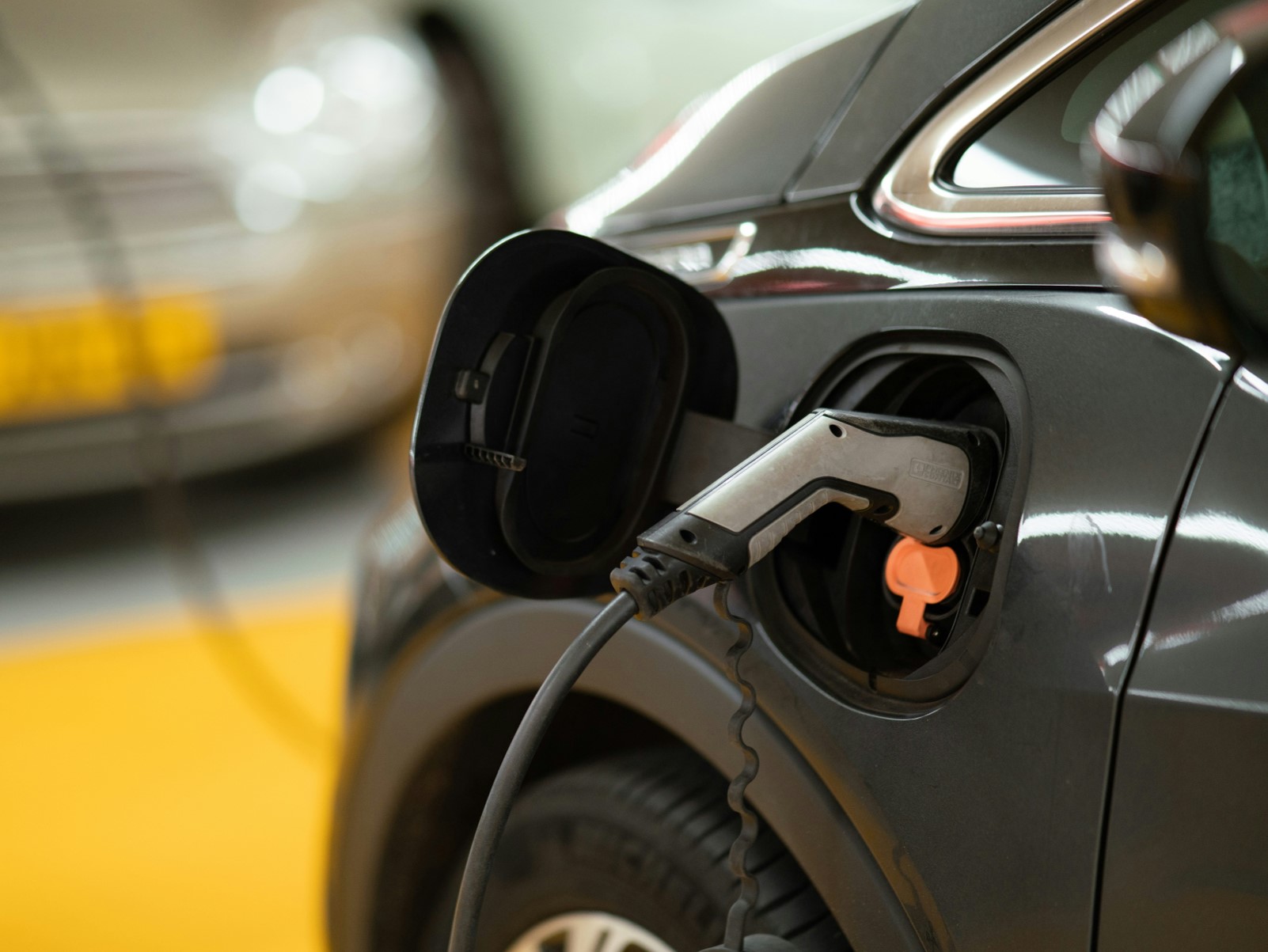

As the automotive industry seeks to address environmental concerns, many manufacturers and policymakers have placed electric vehicles (EVs) at the forefront of the solution. But are EVs truly the answer to long-term sustainability? While they do reduce emissions during use, the production and disposal of EV batteries raise serious environmental challenges. Instead of focusing solely on electrification, the industry must shift towards a more comprehensive approach - the circular economy - which prioritises reuse, remanufacturing, and resource conservation.
What is the Circular Economy in the Automotive Industry?
Traditionally, vehicle production follows a "take, make, dispose" model, where raw materials are extracted, manufactured into new components, and eventually discarded when a vehicle reaches the end of its life. The circular economy challenges this by keeping materials in circulation for as long as possible through remanufacturing, refurbishment, and recycling.
Rather than relying on the constant production of new components, many of which require intensive mining and energy consumption, the circular economy ensures that existing vehicle parts are restored and reused, reducing waste and lowering environmental impact.
Why Remanufactured Car Parts Hold the Key to Sustainability
Remanufactured vehicle components offer a practical, proven way to promote sustainability. Unlike recycled parts, which are broken down into raw materials before being repurposed, remanufactured parts undergo a rigorous restoration process, where worn elements are replaced, and the part is tested to meet or exceed original specifications.
Key advantages of remanufactured parts include:
Is Electrification the Solution?
EVs are often marketed as the future of sustainable transport, but their environmental footprint should not be overlooked. The production of EV batteries requires extensive mining of raw materials, such as lithium and cobalt, contributing to habitat destruction and resource depletion. Additionally, battery disposal presents long-term challenges, as recycling infrastructure struggles to keep up with growing demand.
Sustainability is not just about reducing tailpipe emissions; it’s about minimising waste and conserving resources at every stage of a vehicle’s life cycle. While EVs may play a role in reducing emissions, they do not address the broader issue of material consumption, which remains a pressing concern.
How Motorists Can Support the Circular Economy
Drivers can actively contribute to sustainability by making informed choices about vehicle maintenance and replacements:
True sustainability in the automotive sector extends far beyond EV adoption. While electrification may reduce emissions, it does little to address the resource-intensive processes involved in manufacturing and disposal. The circular economy presents a more innovative, long-term solution that prioritises remanufacturing, reuse, and responsible resource management.
By choosing remanufactured car parts and maintaining vehicles effectively, motorists can contribute to a more sustainable future, one that doesn’t rely solely on new production but instead values the materials already in circulation. If the industry truly wants to commit to sustainability, remanufacturing must take centre stage.